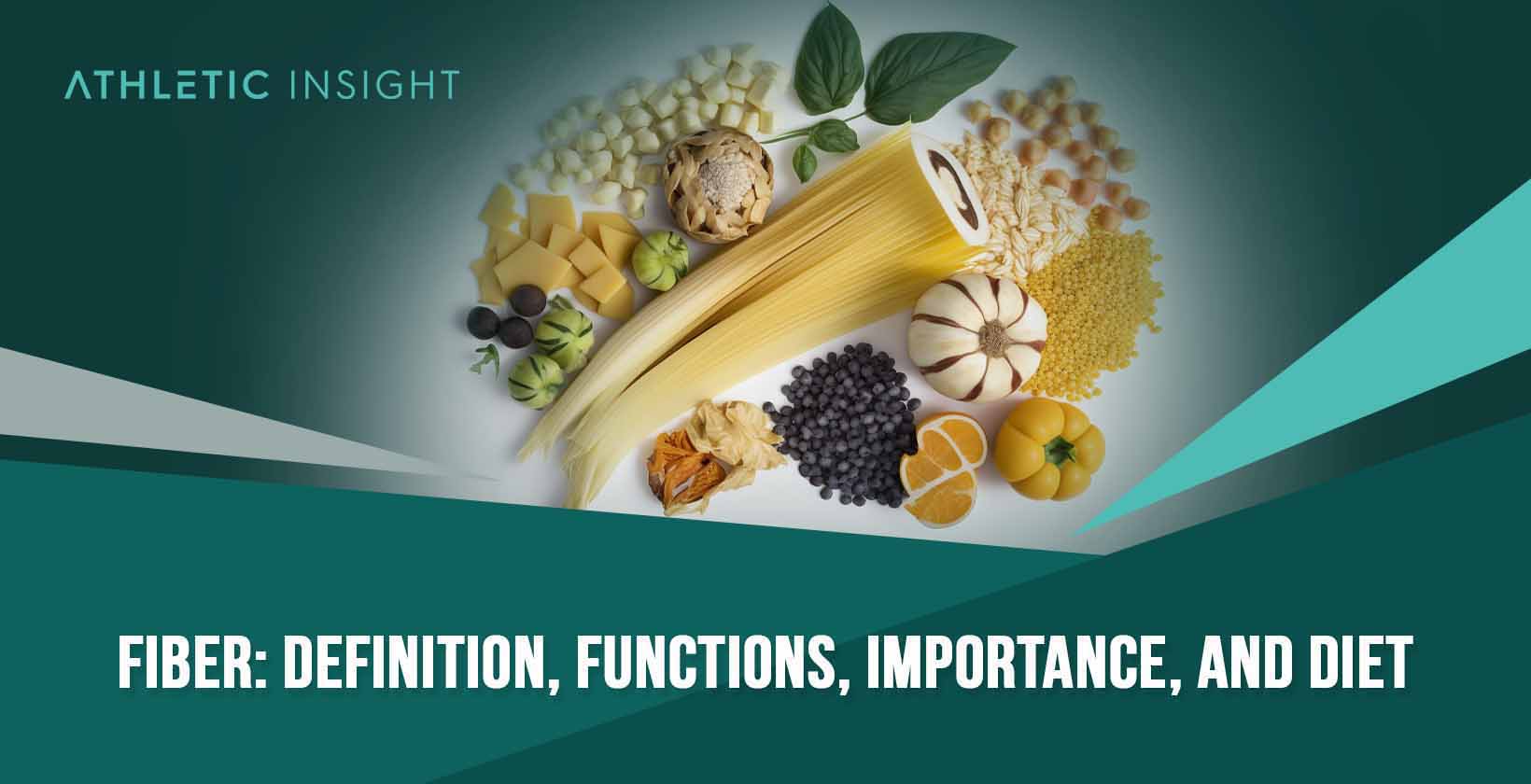Dietary fiber, which also goes by the term “roughage”, is an indigestible carbohydrate that aids with digestion, preventing disease, and aiding in satiety. Unlike other carbohydrates such as sugars and starches, fiber passes through the digestive system mostly intact, providing little to no nutritional value.
High Fiber Recipes

Fiber Supplements
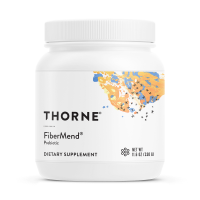
Fiberlicious Foods
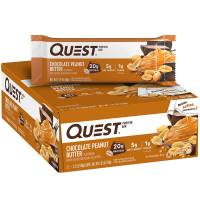
However, fiber is still an important component of a healthy diet and has many benefits for digestive health. The main functions of fiber are normalizing bowel movements, promoting optimal bowel health, lowering blood cholesterol levels, facilitating weight loss, and increasing healthy bacteria within the gut.
Anybody can add fiber to their diet by including fruits, raw vegetables, popcorn kernels, dried fruit, whole-grain sources, legumes, hummus, nuts, and oatmeal. Most people do not get enough fiber in their daily nutrient intake to fulfill a well-rounded diet.
What Is Fiber?
Fiber is a complex carbohydrate in plants the body cannot break down. It’s essential to any healthy diet, providing health benefits and aiding digestion. Fiber digests and passes through the body’s internal systems slower than carbohydrates, making it less likely to be stored as fat. Thus, fiber does not contribute to the daily carbohydrate value.
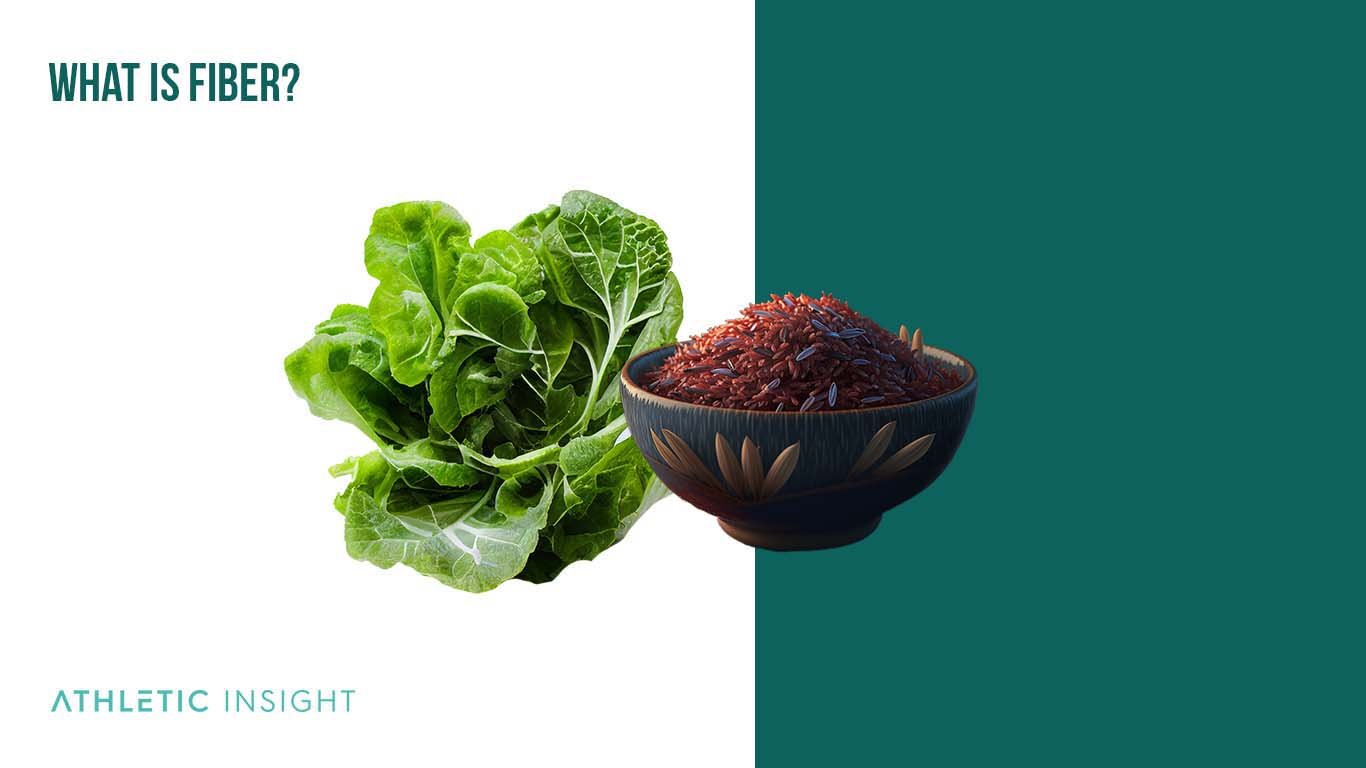
Fiber is important for the optimal functioning of the body’s processes, specifically in terms of gut health and digestion. Fiber aids with weight management or weight loss, blood sugar management, mediated cancer risk, and healthy gut flora.
The two main types of fiber, soluble and insoluble, are key to the smooth passage of nutrients and food within the digestive system. Soluble fiber includes whole foods like beans, legumes, lentils, oatmeal, and fruit, whereas insoluble fiber is in cucumbers, wheat bran, leafy vegetables, whole wheat, and brown rice.
What Does Fiber Do in Your Body?
In short, fiber slows the digestion process of foods. Slower digestion prevents blood sugar spikes, increases the feeling of satiety, ensures less acidic urine, and promotes healthy bacteria.
Eating adequate amounts of fiber in a daily diet can help increase the ‘bulk’ and ‘roughage’ within a person’s system to cure constipation and facilitate healthy bowel movements. Fiber works as an effective tool to scrub and get rid of any built-up bacteria, food, nutrients, or other waste that can negatively affect a person’s colon.
What Is the Importance of Fiber?
The body reacts to fiber by increasing the weight and changing the texture of stool to let it pass through the digestive system. By adding fiber to a diet, a person can break down carbohydrates at lower levels, leading to a slower uptick in blood sugar levels that prevents blood sugar spikes and high blood sugar levels.
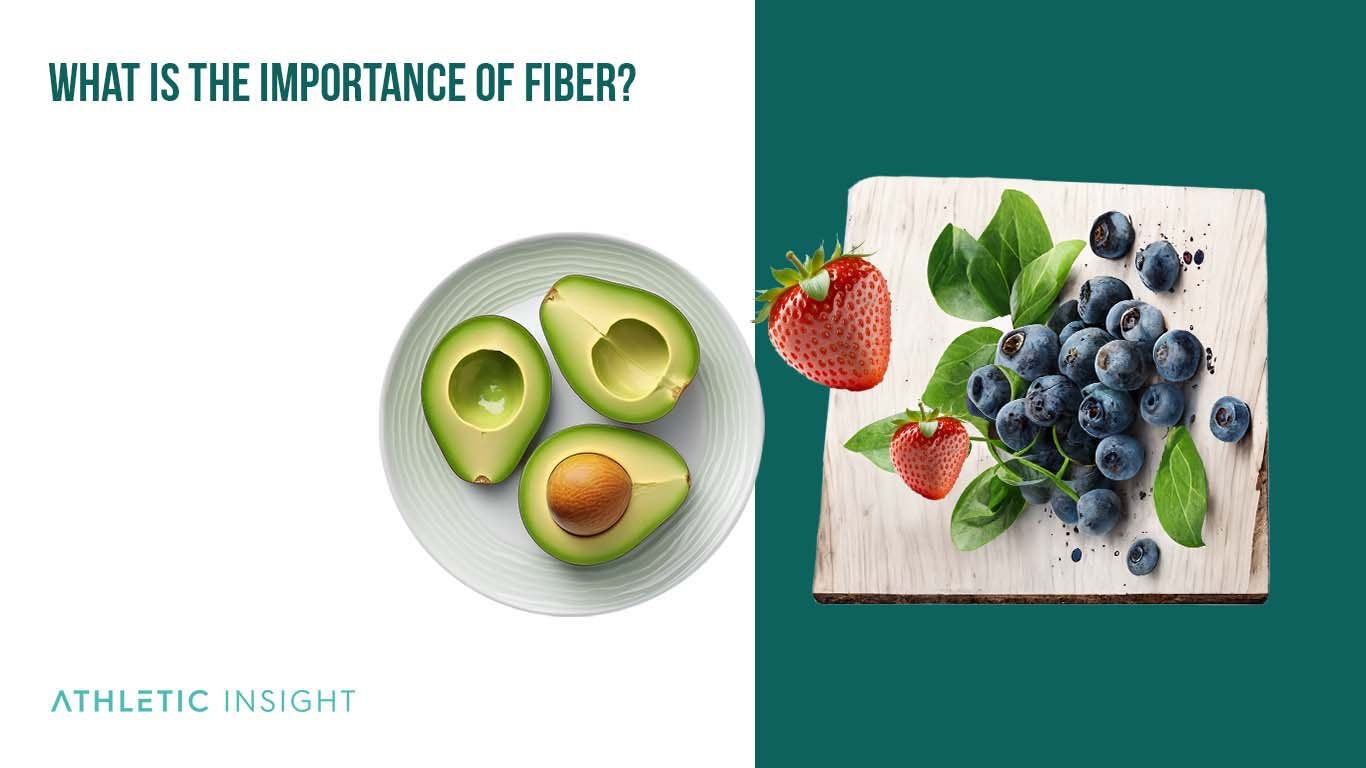
Eating enough fiber helps speed up the movement of the stool and food throughout the intestine. An optimally-working intestine can help with digesting food, fighting infection, balancing water levels, absorbing nutrients, and breaking down nutrients.
Why Is Fiber Good for The Body?
Fiber helps weight management, regulate digestion, reduce cholesterol, and maintain healthy blood sugar levels.
- Weight Management: Eating enough fiber ensures the stomach feels full by eating low-calorie and nutrient-dense foods.
- Digestion: Fiber is a key factor in sustaining digestive wellness by aiding the beneficial bacteria within the gut. Maintaining gut health is key to balancing gut hormones for weight loss, breaking down carbohydrates, and facilitating protein synthesis.
- Reduce disease risk: Finally, fiber can reduce the risk of diseases like diabetes and heart disease. Fiber can lower bad cholesterol and raise good cholesterol.
What Are the Different Types of Fiber?
There are two types of fiber, soluble and insoluble. Both types have their unique benefits for the body. Soluble fiber forms a gel-like substance when dissolved in water, whereas insoluble fiber remains unchanged.
1. Soluble
Soluble fiber helps slow digestion, which can help keep blood sugar levels stable and aid with weight loss. Soluble fiber makes people feel fuller longer after eating meals or snacks.
Examples of soluble fiber include the following.
- Black beans: 15 grams per cup
- Lima beans: 6.6 grams per cup
- Avocado: 13.5 grams per avocado
- Sweet potatoes: 3.6 grams per cup
- Broccoli: 3 grams per cup
- Kidney beans: 12 grams per cup
- Figs: 8 grams per cup
- Oats: 1.9 grams per cup
2. Insoluble
Insoluble fiber aids in the swift passage of stool through the digestive system to relieve constipation. Plus, it can reduce the risk of colon cancer by reducing contact time between toxins and cells.
Examples of insoluble fiber include the following.
- Whole wheat flour products, such as bread and cereals
- Vegetables, like broccoli, cauliflower, and celery
- Nuts
- Seeds
- Dried fruit skins (such as apricot)
- Potatoes (with skin)
- Popcorn kernels
- Rice bran, wheat bran, barley malt extract powder, etc
The inclusion of fiber in a diet can be helpful for health and well-being.
Where Can You Get Fiber?
Not only is understanding the importance of fiber crucial to optimal health but knowing how to get fiber is key. People can get fiber from unprocessed sources, processed sources, and supplements.
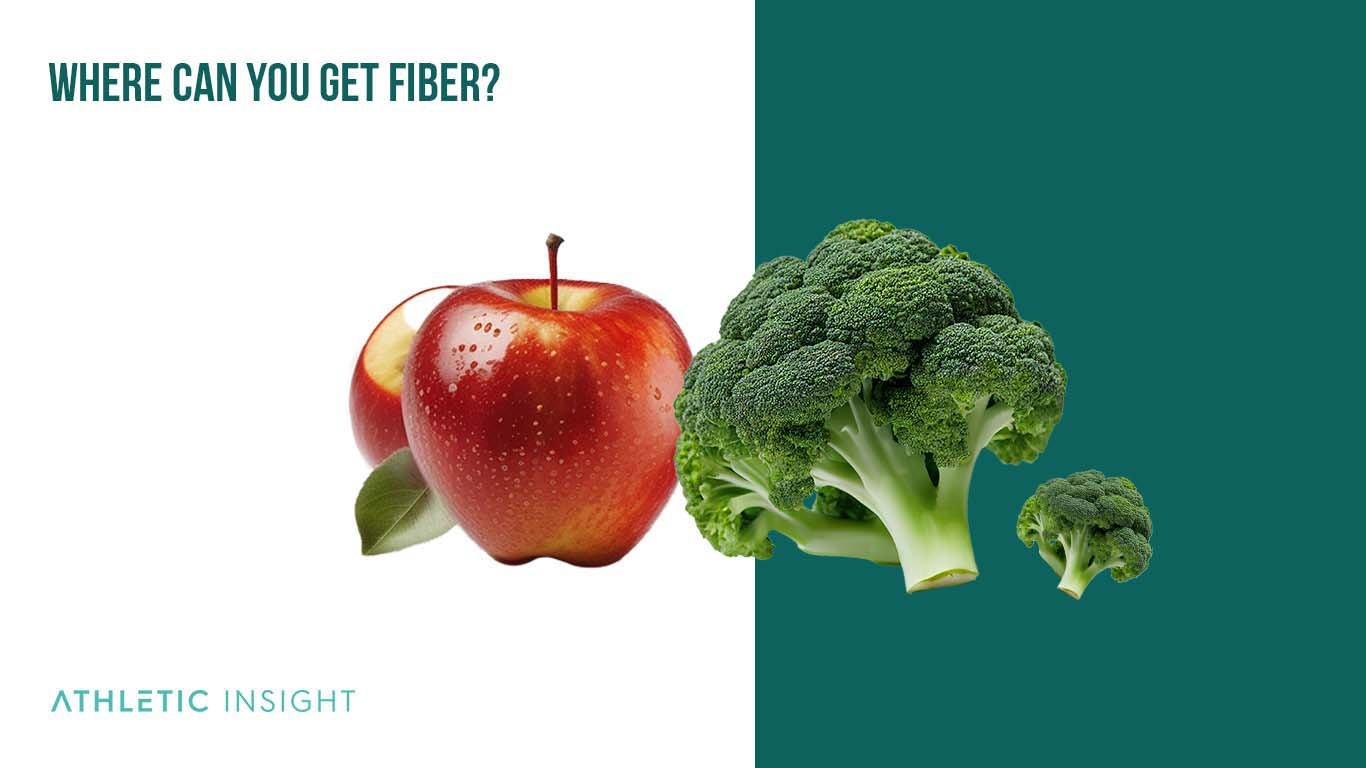
What Are Examples of Foods That Are High in Fiber?
Whole grains such as oats, barley, quinoa, and brown rice are great sources of dietary fiber. Fruits and vegetables, such as apples, bananas, carrots, broccoli, and spinach, contain ample dietary fiber. Legumes like lentils or beans are also excellent sources of dietary fiber. Nuts and seeds, like almonds or chia seeds, can also increase dietary fiber. Finally, root vegetables, such as potatoes with skin, are healthy forms of fiber.
Processed options still offer health benefits, as many kinds of cereals now include added fibers to boost intake without compromising taste. There are even yogurt varieties with added fiber, so they make the perfect snack for busy days. Certain types of bread made from whole wheat flour have extra fiber. The fiber makes them a great alternative to cereals.
High Fiber Recipes

Fiber Supplements

Fiberlicious Foods

Fiber supplements can sometimes add enough fiber to a person’s diet if they do not have enough high fiber foods in their diet. Supplements come in various forms, including tablets, capsules, powders, and pills. Supplements allow people an easy and versatile solution.
What are Examples of Foods that are Low in Fiber?
Some foods low in fiber include types of bread and grains, meat, fish, poultry, milk, cheese, vegetables, potatoes, and fruits.
- Bread and cereals: White bread, French toast, bagels, plain pasta, white rice, crackers, no-whole-grain cereals, white flour, waffles.
- Dairy: Milk, chocolate milk, yogurt, cheese, cottage cheese, pudding, sour cream, ice cream, heavy cream, soups
- Meat and protein: Ground meat, lean turkey, tofu, tempeh, fish, peanut butter, eggs, egg whites
- Vegetables: canned vegetables, cooked potatoes without skin, vegetable juice
- Fruits: Ripe bananas, cantaloupe, honeydew, clear juice, cooked fruit without skin
- Other: Gravy, mustard, spices, sugar, salt, honey, jelly, jam, candy, chocolate, mayonnaise, salad dressing, margarine, butter, oil
What is Dietary Fiber?
Dietary fiber helps with promoting bowel movements, increasing bowel health, maintaining cholesterol levels, controlling blood sugar, achieving optimal weight, and boosting longevity.
Dietary fiber is essential for boosting metabolic health and reducing cancer risk. Ample fiber helps boost the gut microflora to reach optimal levels. Ample microflora helps balance gut motility, inflammation, mental health, and cardiovascular risk.
Dietary fiber is a fiber found in cereals, vegetables, or fruits (natural sources). When compared to processed foods or supplements, indigestible fiber is a natural part of foods that is not broken down through the digestive system.
How Does Fiber Help in Weight Loss?
Eating more fiber can help improve digestive health by increasing stool bulk and promoting regularity. Plus, more dietary fiber reduces the risk of developing heart disease or diabetes.
A high-fiber diet is beneficial for those who are trying to lose weight or maintain weight. Fiber helps keep us full to feel satiated for longer periods and consume less.
Furthermore, consuming adequate dietary fiber reduces cholesterol levels and decreases the risk of cardiovascular disease.
What Fiber Foods Should You Eat When Dieting?
Eating foods high in dietary fiber can help a person meet their daily needs while dieting. Legumes, fruits, vegetables, nuts, whole grains, and seeds are all great sources of dietary fiber with vitamins and minerals for good health.
Some examples of fiber foods to include into a diet for weight loss include the following suggestions.
- Switching brown rice for white rice
- Opting for whole wheat bread over white bread
- Eating oatmeal as a breakfast staple
What Are Examples of A Fiber Diet Meal Plan?
Here are some personalized meal options for a healthy eating diet. Here is a 3-day fiber diet meal plan.
- Day 1
- Breakfast: Oat bran flakes with oat milk
- Lunch: Scrambled egg and open-faced avocado sandwich on whole wheat bread
- Dinner: Wheat pasta with lean chicken or turkey, broccoli, spinach, and red tomato sauce
- Day 2
- Breakfast: Whole wheat or whole grain toast with nut butter
- Lunch: Baked potato with skin-on, lean chicken, corn, sour cream
- Dinner: Vegetable soup with legumes, lentils, carrots, brown rice
- Day 3
- Breakfast: Low-fat Greek yogurt with raspberries, blueberries, and banana
- Lunch: Vegetable soup with carrots, potatoes, peas, lentils, and legumes
- Dinner: Roasted sweet potato scramble with salmon and broccoli
Is Fiber Diet an Effective Diet Type to Lose Weight?
Yes, a fiber diet is an effective diet type to lose weight. Dietary fiber helps with weight loss since it promotes feelings of satiety while focusing on low-calorie and nutrient-dense foods. This means that the stomach has less room for eating processed or unhealthy foods.
For those trying to lose weight, they still need to be in a caloric deficit. The easiest way to cut calories is to eat high-viscosity foods that help increase feelings of fullness and lessen appetite.
Is a High Fiber Diet healthy?
Yes, a high fiber diet is healthy as it can lead to better digestion, improved gut health, reduced risk of disease, low sugar levels, and added vitamins and minerals.
- Better Digestion: Eating foods high in fiber can help improve digestion by adding bulk to stool. Bulk makes stool easier to pass through the intestines. This helps reduce constipation and other symptoms associated with poor digestive health.
- Improved gut health: High-fiber foods also contain bacteria and prebiotics to keep the gut healthy. Moreover, an adequate fiber intake helps fight diverticulitis, hemorrhoids, and irritable bowel syndrome (IBS).
- Reduced risk of disease: Research suggests that eating more dietary fiber lowers cholesterol levels and blood pressure—two major risk factors for cardiovascular disease. By slowing down digestion, dietary fiber regulates blood sugar levels and thus reduces the risk of type 2 diabetes.
- Low sugar levels: Since most high-fiber foods are plant-based, they don’t contain unhealthy saturated fats or added sugars. This makes them much better choices when trying to lose weight.
- Added vitamins and minerals: High-fiber options can help a person feel fuller for longer periods and assist in weight loss or maintenance. They’re also low in calories yet nutrient-dense, so they won’t sabotage dieting efforts. High-fiber foods still provide essential vitamins and minerals needed for good health.
Signs of not getting enough dietary fiber include constipation or irregular bowel movements, feeling bloated after meals, experiencing fatigue after eating, and difficulty controlling blood sugar levels.
How Long Should It Take to See the Result of Fiber Diet?
It can take around two weeks to see the results of a high-fiber diet. A high-fiber diet is a great way to help rewire the body to perform at an optimal level for digestion and gut health. Dietary fiber is key for aiding in weight loss, reducing the risk of disease, and promoting healthy gut function.
Many people do not get enough fiber in their daily diet or through supplements. Women need 25 grams of fiber and men need 38 grams of fiber — despite these numbers, Americans eat only 15 grams of fiber per day. Eating low levels of fiber puts us at a disadvantage against type 2 diabetes, preventing arthritis, combatting food allergies, and preventing unwanted weight gain.
High Fiber Recipes

Fiber Supplements

Fiberlicious Foods

Individuals should start to focus on a high-fiber (or normal fiber) diet as soon as possible to meet the daily recommended intake levels can be a great way to kickstart a healthy diet. People who are starting a new high-fiber diet should give their bodies at least two weeks to respond well to the higher amounts of fiber.
During this two-week period, people can see a difference in their digestion, constipation, discomfort, and food tolerances. Yet, by sticking with the diet, they will see benefits in their digestive system and gut health.
What Are the Benefits of Fiber in Weight Loss?
There are many benefits in which fiber can aid with weight loss including reducing belly fat, improving but bacteria, reducing appetite, eating whole foods, controlling blood sugar, and providing filling and nutrient-dense food.
- Soluble fiber can help reduce excess belly fat: Belly fat is a specific type of fat that leads to chronic health conditions and an increased risk of diabetes and heart disease. Soluble fiber and a high fiber intake helps reduce belly fat by aiding with constipation and slowing down stomach digestion.
- Gut Bacteria: Furthermore, soluble fiber helps with gut bacteria versatility. Different types of gut bacteria reduce the risk of diabetes, insulin resistance, and cardiovascular disease. Gut bacteria reduce the risk of belly fat by acting as a prebiotic, producing short-chain fatty acids, regulating metabolism, and decreasing the rate of fat storage.
- Reduce appetite: Soluble fiber reduces a person’s appetite by reducing hunger hormones, increasing “fullness” hormones (ex: peptide YY and cholecystokinin), slowing food movement through the digestive system, and slowing the insulin rate.
- Eating whole foods: Eating natural and whole foods can help with weight loss when compared to eating processed foods and high-sugar snacks. Soluble fiber is in plant-based foods, such as flaxseeds, potatoes, vegetables, oatmeal, and fruits.
- Controls blood sugar: Fiber helps keep blood sugar at a normal level and prevents high spikes when compared to other carbohydrates. Keeping blood sugar within a normal range is a beneficial way to prevent excess body fat.
- Filling but nutrient-dense: Natural and whole high-fiber foods are low in calories and high in nutrients, meaning a person can eat less and feel fuller than with processed foods. A lower caloric intake correlates to a higher chance of weight loss.
What Are the Risks of Fiber in Losing Weight?
There are some risks of fiber when it comes to losing weight or maintaining optimal health.
- Gas and bloating: A high-fiber diet can be uncomfortable and distressing for those who are not used to “bulk” in their gastrointestinal system. But, excess fiber can lead to discomfort, bloating, cramping, and constipation. These symptoms cause some people to cut back on their fiber intake, which can lead to unhealthy snacking choices.
- Bloating: As we mentioned, fiber can lead to gastrointestinal distress and bloating. Too much fiber too soon can lead to bloating, which can cause a person to cut back on their fiber intake and revert to unhealthy eating habits.
- FODMAPs: A high-fiber diet is usually high in FODMAPs. FODMAPS are a group of carbohydrates that can lead to flare-ups in people who have irritable bowel syndrome. An increase in FODMAPs will cause a person with IBS to cut back on their fiber and halt their weight loss journey through a high-fiber diet.
- Temporary weight gains: Furthermore, too much fiber can lead to temporary weight gain as the body adjusts to the new normal. Fiber is not digested and can add bulk and weight to stool, leading to increased weight.
- Increased calorie intake: Eating more fiber can make a person feel fuller and eat less. But, people often eat too many calories in high-fiber foods, which can lead to weight gain. A caloric surplus, no matter where it is from, will lead to weight gain.
What Happens When You Have a High Amount of Fiber in Your Body?
If a person has the right amount of fiber, they will see health benefits such as better digestion, reduced risk of chronic disease, improved cardiovascular health, and regular gastrointestinal movements. Having too much fiber can lead to distress, bloating, and gas.
A person has too much fiber in their diet if they consume more than 25 grams per day as a woman or 38 grams per day as a man. Too much fiber leads to cramping, dehydration, weight gain or weight loss, nausea, gas, or bloating.
There are some treatment options for those with too much fiber in their diet.
- Limiting fiber consumption: Eating foods that add up to the daily recommended intake based on body weight and gender.
- Increased fluid intake: Drink more water and hydrating fluids during the day, such as clear liquids, water, low-sugar juices, teas, etc.
- Increase daily activity levels: Perform more physical exercise during the day to help move through the GI system and increase digestion.
- Avoid high-bloat foods: Some foods and snacks, such as chewing gum with xylitol or sorbitol, whole grains, milk or dairy, and leafy vegetables, can lead to excess bloating and gas.
How Much Fiber to Eat in a Day?
Adult dietary fiber intake is between 25-38 grams daily, depending on age and gender. Age, gender, physical activity levels, health status, and weight can all influence fiber recommendation. A person will need a high-fiber supplement when not getting enough sources of fiber in food, like fruits, vegetables, legumes, and whole grains.
Is Fiber a Mineral?
No, fiber is not a mineral. Fiber is a specific type of carbohydrate in plant-based foods that a person can get through a healthy diet. By eating whole foods, such as vegetables, fruits, legumes, grains, and nuts, a person can maintain a healthy fiber level.
A mineral is an element that our bodies need to function at a healthy level. When compared to minerals, fiber is an indigestible carbohydrate that helps with blood sugar, satiation, gastrointestinal functioning, and digestion. Some common minerals include calcium and potassium.
Is Fiber a Nutrient?
Fiber is not one of the essential nutrients. A nutrient is a chemical compound within foods that is essential for human function and growth.
Since ‘fiber’ does not have a Recommended Dietary Allowance, it does not qualify as one of the main nutrients. Fiber interacts with other nutrients, but the importance of this interaction is ‘insignificant’ when it comes to gastrointestinal health.
Since fiber is not considered an essential nutrient, the daily allowance level and recommendations have not changed. Thus, most of the population consumes way below the recommended intake level.
Does Fiber Count as Carbs?
Fiber is an indigestible carbohydrate not broken down into sugar molecules, meaning it does not count as a carbohydrate. For those who are counting carbohydrates, following a ketogenic diet, or keeping track of macronutrients, fiber will not count as a carb. Since fiber does not absorb like other types of carbohydrates, it does not count towards carbohydrate intake.

